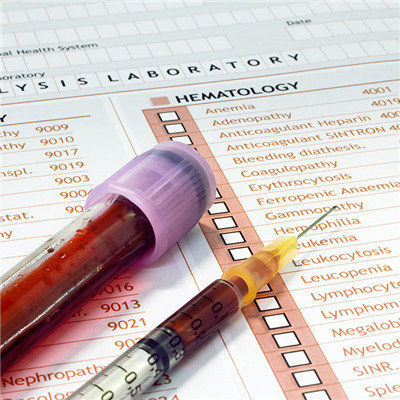Is Marfan syndrome mild?
summary
Marfan's syndrome is also known as congenital mesodermal dysplasia, syndrome, spider's sign, and slender limbs. It is characterized by dystrophy of surrounding connective tissue, skeletal abnormalities, inner eye disease, and cardiovascular abnormalities. It is a hereditary disease with connective tissue as the basic defect. Marfan (1896) first reported a 5-year-old girl with special slender and long limbs. By 1902, Achard called this sign spider finger. Salle (1921) dissected an infant with this syndrome and found patent foramen ovale. By 1931, weve confirmed that the syndrome was a dominant genetic disease and was caused by the abnormal development of mesoderm tissue. Is Marfan syndrome mild? Let's talk about it
Is Marfan syndrome mild?
Musculoskeletal system: there are slender limbs, spider fingers (toes), flat arms, finger distance greater than body length, hands hanging over the knee, lower body longer than upper body. Long head deformity, narrow face, high palatal arch, large and low ear. Hypodermic fat is little, muscle is undeveloped, chest, abdomen, arm skin wrinkle. Muscle tension is low, showing a weak constitution. The ligaments, tendons and joint capsule were elongated and relaxed, and the joints were over extended. Sometimes see pectus excavatum, chicken breast, kyphosis, scoliosis, spina bifida and so on.

Eye: there are mainly lens dislocation or subluxation, high myopia, cataract, retinal detachment, iris tremor, etc. Male is more than female.

Cardiovascular system: about 80% of patients have congenital cardiovascular malformations. Aortic sinus aneurysm, dissecting aneurysm and rupture caused by progressive aortic dilatation, aortic valve insufficiency, and cystic necrosis of the aortic media are common. Mitral valve prolapse and mitral regurgitation are also important manifestations. Congenital atrial septal defect, ventricular septal defect, tetralogy of Fallot, patent ductus arteriosus, coarctation of aorta, etc. Can also be combined with a variety of arrhythmias, such as conduction block, preexcitation syndrome, atrial fibrillation, atrial flutter and so on.

matters needing attention
At present, there is no specific treatment. Early surgical repair is recommended for congenital cardiovascular diseases, and medical treatment is recommended for patients with cardiac insufficiency and arrhythmia. Once diagnosed with aortic aneurysm or heart valve insufficiency, surgical treatment should be considered according to the situation, because drugs can not remove the disease. Because aneurysms are at risk of rupture and bleeding, and heart valve insufficiency is also at risk of death from heart failure, experts recommend surgery despite the risks. In fact, with the progress of science and technology, the success rate of surgery has been more than 90%. If aortic dissection aneurysm rupture is indicated, surgical treatment should be performed in time.
















